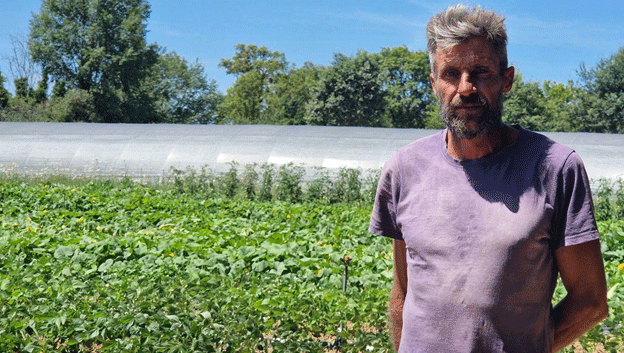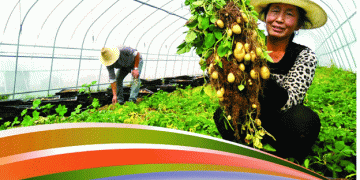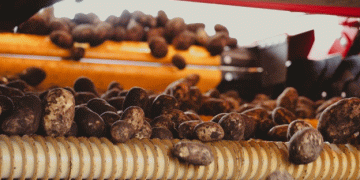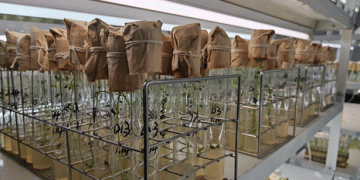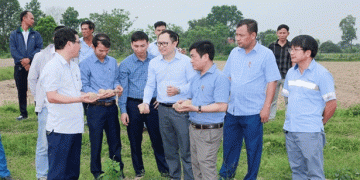The 2024 growing season in Haute-Vienne, France, has been a challenging one for farmers, especially those cultivating potatoes, tomatoes, peas, and beans. Unseasonably wet spring and early summer conditions have created a perfect storm for the spread of blight, particularly Phytophthora infestans—commonly known as late blight—which has decimated crops across the region. As farmers scramble to mitigate losses, the situation highlights the growing threat of climate-related agricultural challenges.
The Impact of Late Blight on Crops
Late blight is a notorious fungal disease that thrives in humid, cool conditions, making it a formidable enemy for farmers during wet growing seasons. In Haute-Vienne, the persistent rainfall and moderate temperatures this spring and early summer created ideal conditions for the fungus to flourish.
Farmers like Cédric Aubeneau in Rochechouart have witnessed the devastating effects firsthand. Aubeneau reports losing 50% of his potato plants and a significant portion of his tomato crop to blight. On his organic farm, only a small area of potatoes remained unaffected, while weeds have started to take over the damaged sections of his fields. This scenario is not unique; many farmers across the region are facing similar challenges, with some even reporting complete crop failures.
Broader Crop Damage
While blight is the primary concern for tomatoes and potatoes, other crops have not been spared the adverse effects of excessive moisture. Peas and beans, for example, have suffered from seed rot due to overly wet soil conditions, forcing farmers like Aubeneau to replant entire fields. This added strain not only increases labor and input costs but also delays the harvest, potentially affecting market timing and prices.
To offset these losses, some farmers have resorted to planting fast-growing crops like radishes and turnips in hopes of salvaging some income. Fortunately, a return to drier weather conditions has slowed the spread of blight, allowing these secondary crops a better chance to reach maturity.
The Plight of Vineyards
The wine industry in Haute-Vienne and neighboring Corrèze has also been severely impacted by the rainy conditions. René Maury, president of the Vézère cellars in Allassac, has seen over 50% of his grape crop destroyed by blight, with certain Merlot vineyards experiencing total crop failure. This loss is particularly devastating for winemakers, as the affected vines will not produce any usable grapes this year.
Maury, like many in the region, is considering investing in new, more resilient grape varieties that can better withstand such challenging weather patterns. This shift in strategy is becoming increasingly necessary as unusual weather patterns become more frequent, likely driven by broader climate change trends.
The 2024 growing season in Haute-Vienne underscores the vulnerability of traditional farming practices to the vagaries of climate. As extreme weather events become more common, farmers will need to adapt by exploring more resilient crop varieties, adjusting planting schedules, and adopting integrated pest management practices to combat diseases like blight. While short-term solutions such as planting alternative crops can help mitigate immediate losses, long-term strategies are essential to ensure the sustainability and profitability of agriculture in the region.
